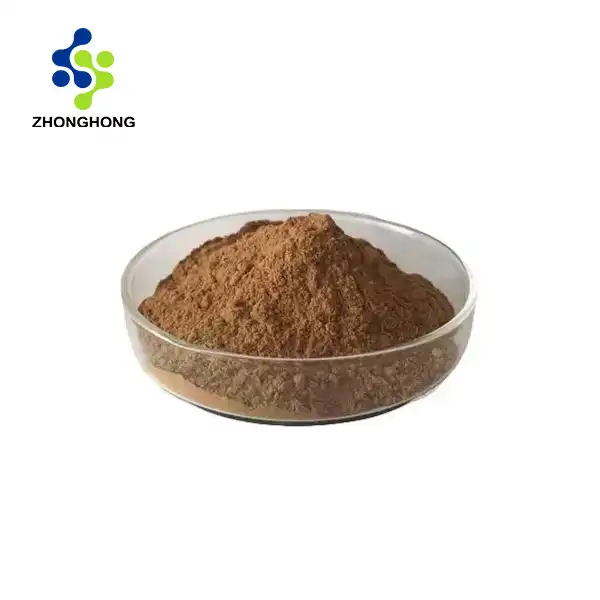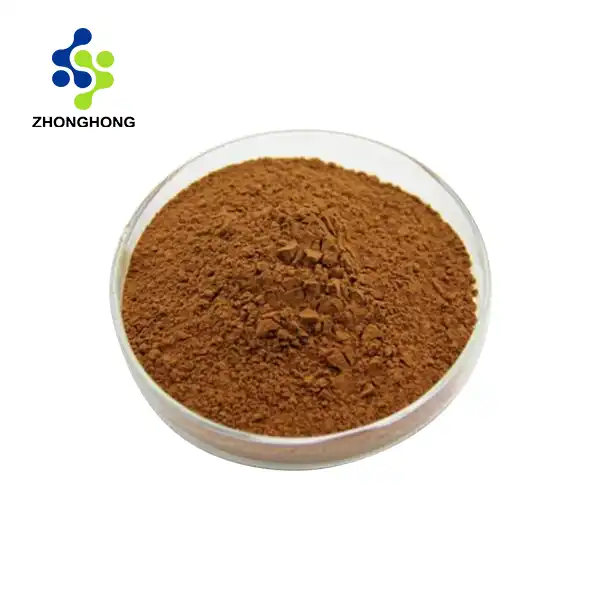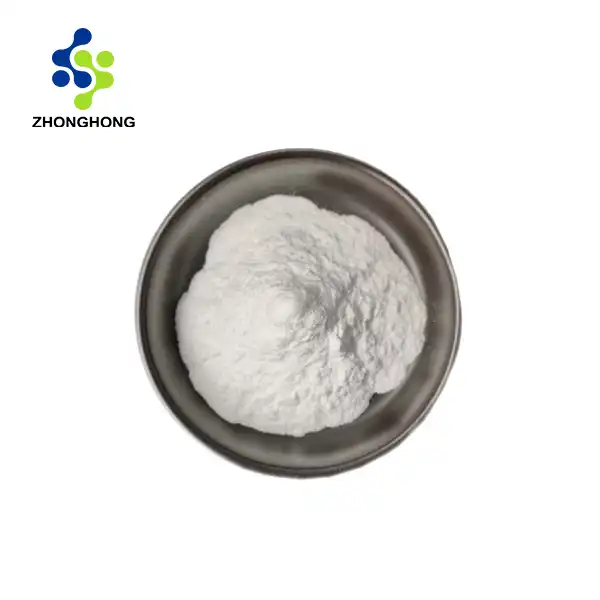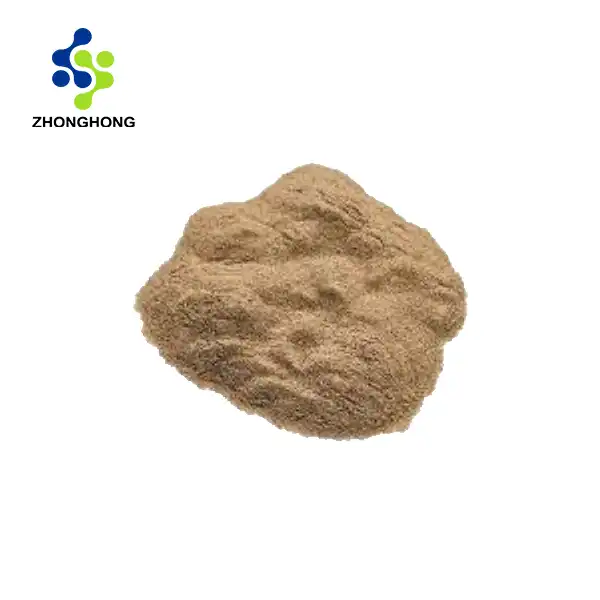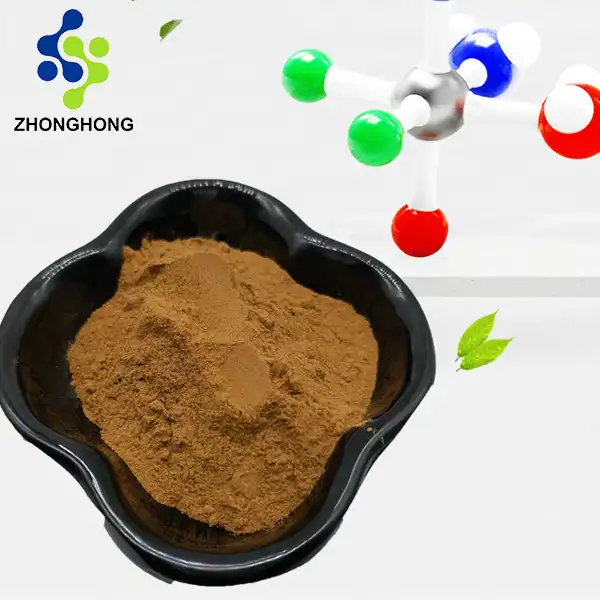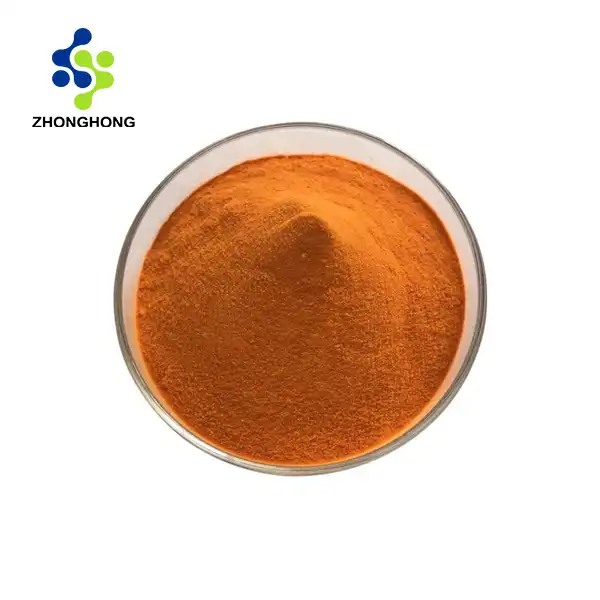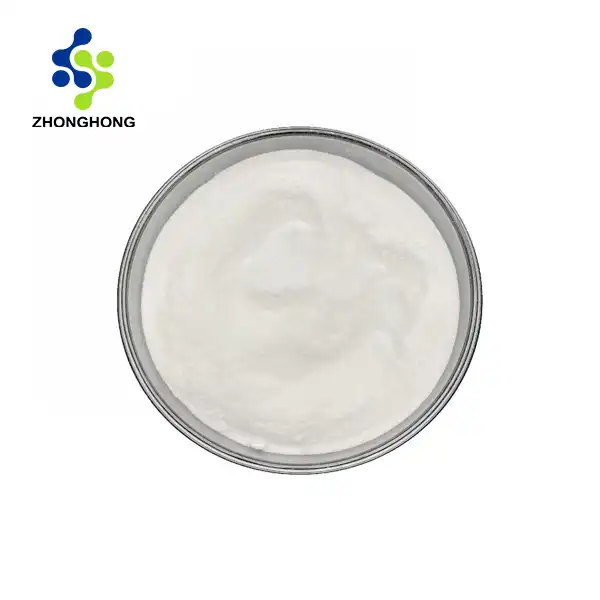Creatine Monohydrate vs. Other Creatine Types
2024-12-17 18:50:17
Creatine has long been a staple supplement in the fitness world, with creatine monohydrate leading the pack. However, as the supplement industry evolves, various creatine forms have emerged, each claiming unique benefits. This blog post delves into the world of creatine supplements, comparing creatine monohydrate to other types such as creatine hydrochloride (HCL), ethyl ester, and buffered creatine. We'll explore their differences, pros and cons, and why creatine monohydrate continues to be the gold standard. Whether you're a seasoned athlete or just starting your fitness journey, understanding these creatine variants will help you make an informed decision about which supplement might be right for you.
How Does Creatine Monohydrate Compare to Creatine HCL?
Chemical Structure and Solubility
Creatine monohydrate and creatine HCL differ significantly in their chemical structure. Creatine monohydrate consists of a creatine molecule bound to a water molecule, while creatine HCL has a hydrochloride group attached. This structural difference impacts their solubility. Creatine HCL boasts superior water solubility, dissolving more readily in liquids. In contrast, creatine monohydrate may require more vigorous mixing to fully dissolve.
Dosage and Absorption
The dosage requirements for these two forms vary considerably. Creatine monohydrate typically requires a loading phase of 20-25 grams daily for 5-7 days, followed by a maintenance dose of 3-5 grams daily. Creatine HCL, due to its purported enhanced absorption, often recommends lower doses, usually around 1-2 grams daily without a loading phase. However, it's crucial to note that while creatine HCL may be more soluble, current research hasn't conclusively proven that it leads to superior muscle creatine saturation compared to monohydrate.
Efficacy and Research Backing
When it comes to scientific support, creatine monohydrate holds a significant advantage. Decades of research have consistently demonstrated its efficacy in improving exercise performance, increasing muscle mass, and enhancing recovery. While creatine HCL shows promise, the body of research supporting its benefits is comparatively limited. More studies are needed to definitively establish whether creatine HCL offers any significant advantages over the well-established monohydrate form.
The Pros and Cons of Different Creatine Forms
Creatine Ethyl Ester: A Mixed Bag
Creatine ethyl ester (CEE) emerged as a potential improvement over creatine monohydrate, with claims of enhanced absorption and bioavailability. Proponents argued that the addition of an ester group would allow CEE to bypass the creatine transporter, leading to more efficient uptake by muscle cells. However, research has yielded disappointing results. Studies have shown that CEE actually converts to creatinine (a waste product) at a higher rate than creatine monohydrate when exposed to stomach acid. This conversion significantly reduces its effectiveness, making it less desirable than initially thought.
Buffered Creatine: Stability vs. Efficacy
Buffered creatine, often marketed as "Kre-Alkalyn," is creatine monohydrate combined with alkaline powder. The premise behind this formulation is increased stability in the acidic environment of the stomach, potentially leading to better absorption and reduced side effects like bloating. While buffered creatine may indeed be more stable, research has not conclusively demonstrated superior performance benefits compared to standard creatine monohydrate. Some studies suggest that the performance outcomes are similar between buffered and non-buffered forms, questioning the need for this more expensive variant.
Liquid Creatine: Convenience at a Cost
Liquid creatine supplements offer the allure of convenience and potentially faster absorption. However, they come with significant drawbacks. Creatine in liquid form is less stable and tends to break down into creatinine more rapidly, especially when exposed to heat or light. This degradation can significantly reduce the product's shelf life and efficacy. While liquid creatine might be more convenient for some users, the potential loss of potency makes it a less reliable option compared to powdered forms like creatine monohydrate.
Why Creatine Monohydrate Remains the Gold Standard?
Unparalleled Research Backing
The enduring popularity of creatine monohydrate is not without reason. It boasts an extensive body of research spanning several decades, consistently demonstrating its efficacy and safety. Numerous studies have shown its ability to enhance athletic performance, increase muscle mass, and improve recovery. This wealth of scientific evidence provides a level of confidence that newer creatine forms simply cannot match. The International Society of Sports Nutrition has repeatedly affirmed creatine monohydrate as the most effective ergogenic nutritional supplement currently available to athletes for increasing high-intensity exercise capacity and lean body mass during training.
Cost-Effectiveness and Accessibility
Another factor contributing to creatine monohydrate's status as the gold standard is its cost-effectiveness. The manufacturing process for creatine monohydrate is well-established and efficient, making it one of the most affordable creatine supplements on the market. This accessibility ensures that a wider range of athletes and fitness enthusiasts can benefit from its performance-enhancing effects without breaking the bank. While newer forms of creatine often come with a higher price tag, they haven't consistently demonstrated benefits that justify the additional cost.
Proven Safety Profile
Perhaps most importantly, creatine monohydrate has a well-established safety profile. Long-term studies have shown that creatine monohydrate supplementation is safe for healthy individuals when used as directed. Concerns about kidney damage or other adverse effects have been largely debunked by scientific research. This proven track record of safety, combined with its effectiveness, makes creatine monohydrate the preferred choice for many health professionals and athletes alike. While newer creatine forms may eventually prove to be equally safe, they currently lack the long-term safety data that creatine monohydrate possesses.
Conclusion
While the creatine supplement market continues to evolve with new formulations, creatine monohydrate remains the gold standard. Its extensive research backing, proven efficacy, cost-effectiveness, and established safety profile make it the top choice for most users. While other forms may offer potential benefits, they have yet to conclusively demonstrate superiority over the tried-and-true monohydrate form. If you want to get more information about this product, you can contact us at liaodaohai@gmail.com.
References
1. Kreider, R. B., et al. (2017). International Society of Sports Nutrition position stand: safety and efficacy of creatine supplementation in exercise, sport, and medicine. Journal of the International Society of Sports Nutrition, 14(1), 18.
2. Jäger, R., et al. (2011). Analysis of the efficacy, safety, and regulatory status of novel forms of creatine. Amino Acids, 40(5), 1369-1383.
3. Candow, D. G., et al. (2019). Effectiveness of Creatine Supplementation on Aging Muscle and Bone: Focus on Falls Prevention and Inflammation. Journal of Clinical Medicine, 8(4), 488.
4. Antonio, J., et al. (2021). Common questions and misconceptions about creatine supplementation: what does the scientific evidence really show? Journal of the International Society of Sports Nutrition, 18(1), 13.
5. Spillane, M., et al. (2009). The effects of creatine ethyl ester supplementation combined with heavy resistance training on body composition, muscle performance, and serum and muscle creatine levels. Journal of the International Society of Sports Nutrition, 6, 6.
6. Jagim, A. R., et al. (2012). A buffered form of creatine does not promote greater changes in muscle creatine content, body composition, or training adaptations than creatine monohydrate. Journal of the International Society of Sports Nutrition, 9(1), 43.
_1728976869676.webp)
